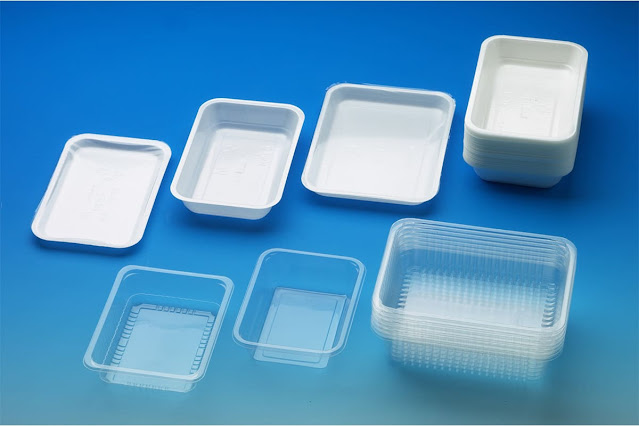PVC Pipe Innovations for Improved Water Treatment Processes
PVC pipe innovations have significantly contributed to improved water treatment processes, revolutionizing the way we purify and distribute water for various applications. From municipal water treatment plants to industrial facilities and residential systems, PVC pipes have emerged as a reliable and versatile solution for delivering safe and clean water.
One of the key innovations in PVC
pipes for water treatment is the development of pipes with enhanced chemical
resistance. Water treatment often involves the use of various chemicals, such
as chlorine and other disinfectants, to eliminate contaminants and pathogens.
PVC pipes with superior chemical resistance ensure that they can withstand the
corrosive effects of these substances, maintaining their structural integrity
and preventing leaks or failures in the water treatment system.
Another critical aspect of PVC
pipe innovations lies in their smooth interior surface. The smoothness of PVC
pipes reduces friction and resistance, facilitating efficient water flow within
the system. As water passes through the pipes with minimal obstruction, the
energy required for pumping is reduced, leading to energy savings and more
cost-effective water treatment processes.
According to Coherent Market Insights, the
global
PVC pipes market is estimated to surpass US$ 76.5 billion by the end of
2028 in terms of revenue, exhibiting a CAGR of 5.9% during the forecast period
(2021 to 2028).
In recent years, PVC pipe
manufacturers have also developed specialized pipe designs for specific water
treatment applications. For example, pipes with larger diameters and higher
pressure ratings are engineered for applications where water needs to be
transported over long distances or to higher elevations. On the other hand,
smaller diameter pipes are designed for applications in residential water
treatment systems and localized distribution networks.
Additionally, PVC
pipes have made significant strides in addressing environmental
sustainability concerns in water treatment. The PVC pipe industry has actively
embraced the principles of the circular economy, promoting recycling and the
use of recycled PVC material in pipe production. By incorporating recycled
content into new pipes, the industry reduces its reliance on virgin raw
materials, conserves resources, and minimizes waste generation.
Moreover, PVC pipes have
contributed to water conservation efforts in water treatment processes. Their
smooth interior surface and leak-resistant properties reduce water wastage and
ensure that more water reaches its intended destination without seepage or
losses. This plays a crucial role in efficient water distribution and
sustainable water management.
Furthermore, innovations in
jointing and coupling technologies have improved the integrity and reliability
of PVC water treatment systems. Advanced jointing methods, such as solvent
welding and gasketed joints, provide leak-free connections that are essential
for maintaining the water treatment process's efficiency and effectiveness.
PVC
pipe innovations have also extended to trenchless installation
techniques, such as horizontal directional drilling (HDD) and pipe bursting.
These methods minimize excavation and surface disruption during pipe
installation, making them ideal for retrofitting or expanding existing water
treatment systems with minimal impact on the surrounding environment.
In conclusion, PVC pipe
innovations have transformed water treatment processes by providing reliable,
durable, and sustainable solutions for delivering safe and clean water. From
enhanced chemical resistance to energy-efficient designs and environmentally
conscious practices, the PVC pipe industry continues to drive advancements that
optimize water treatment efficiency and support global efforts for safe and
sustainable water resources.




Comments
Post a Comment